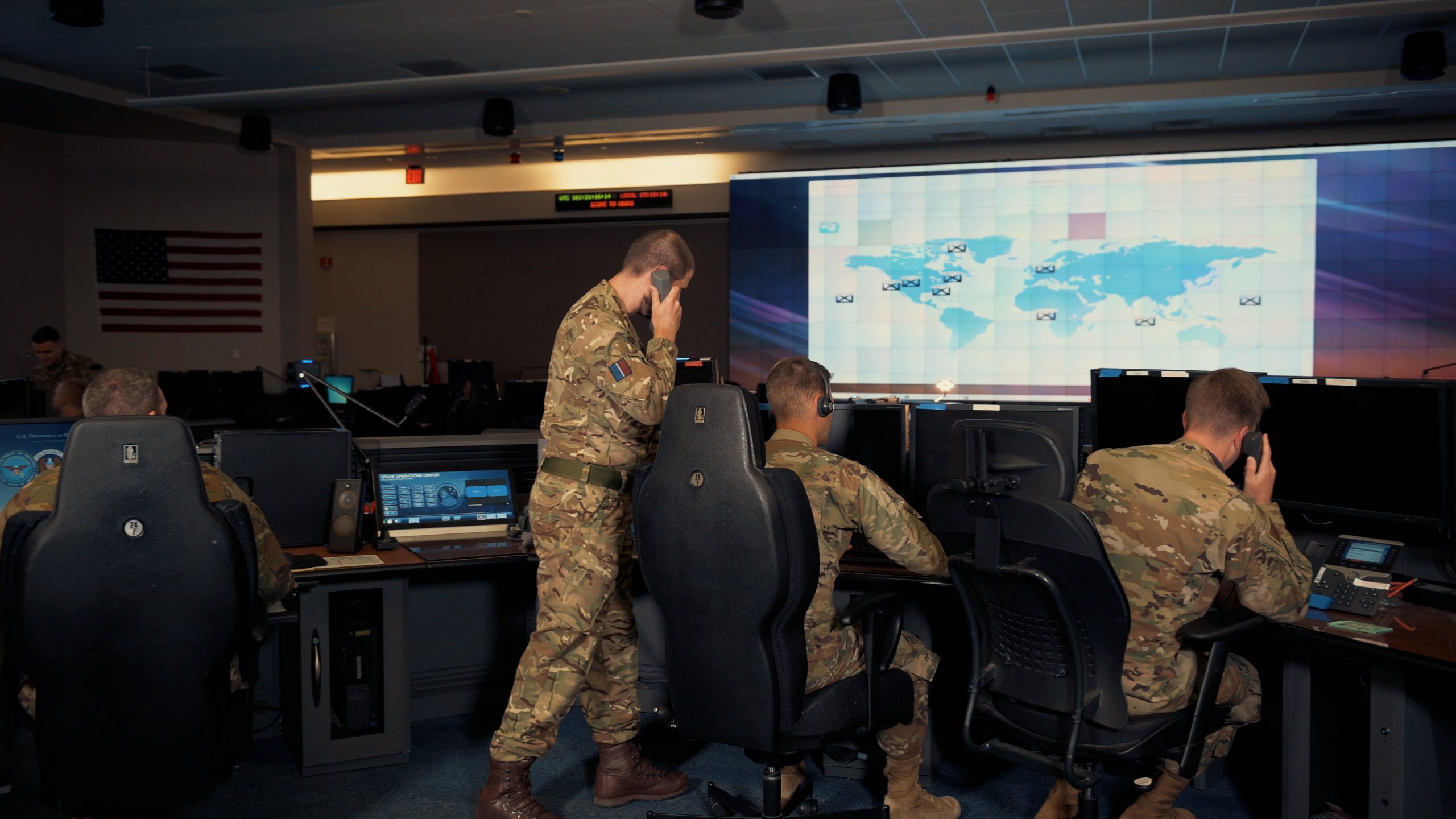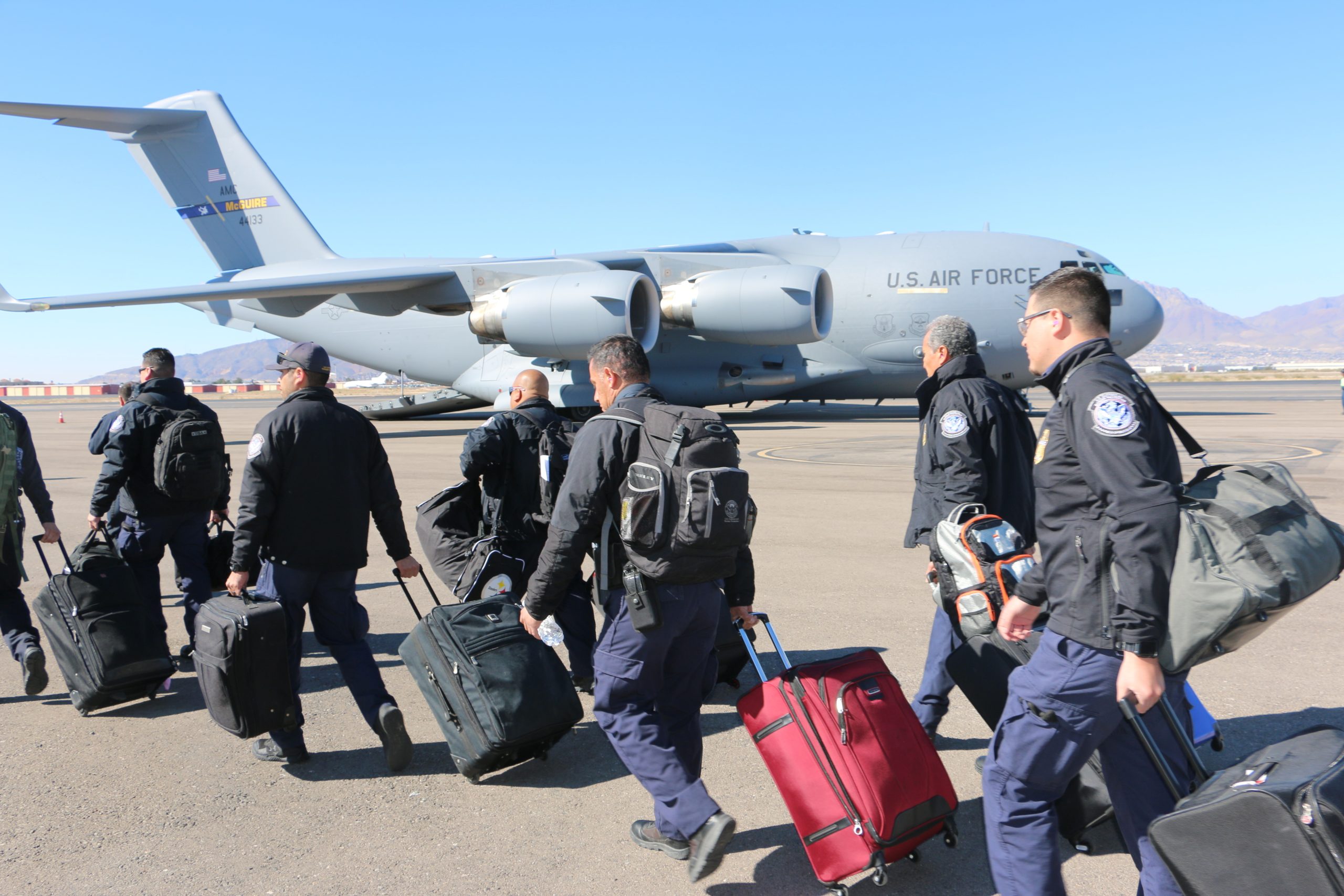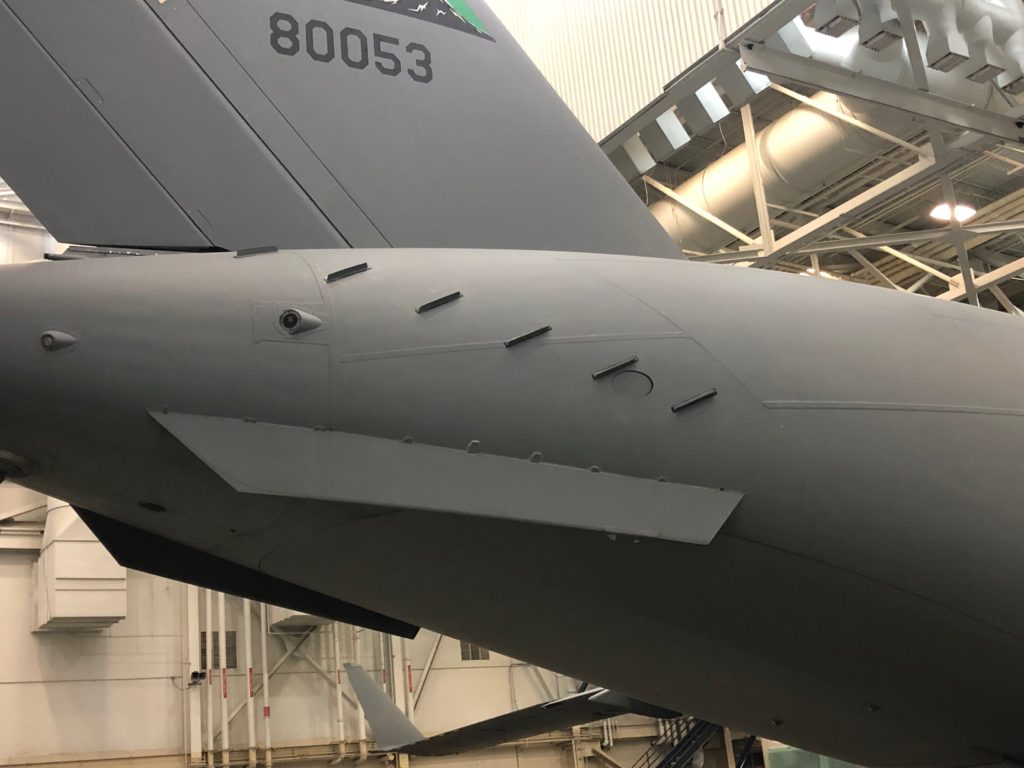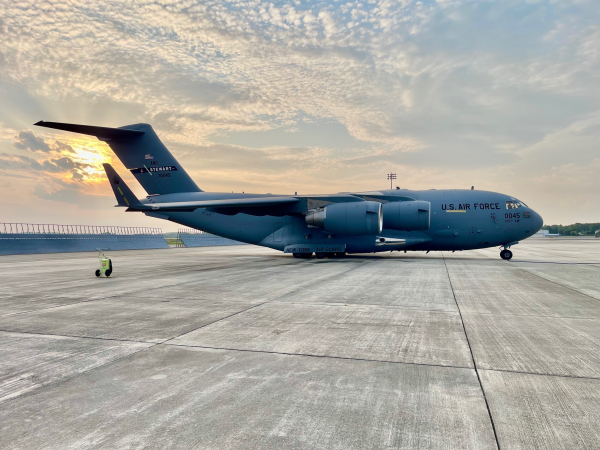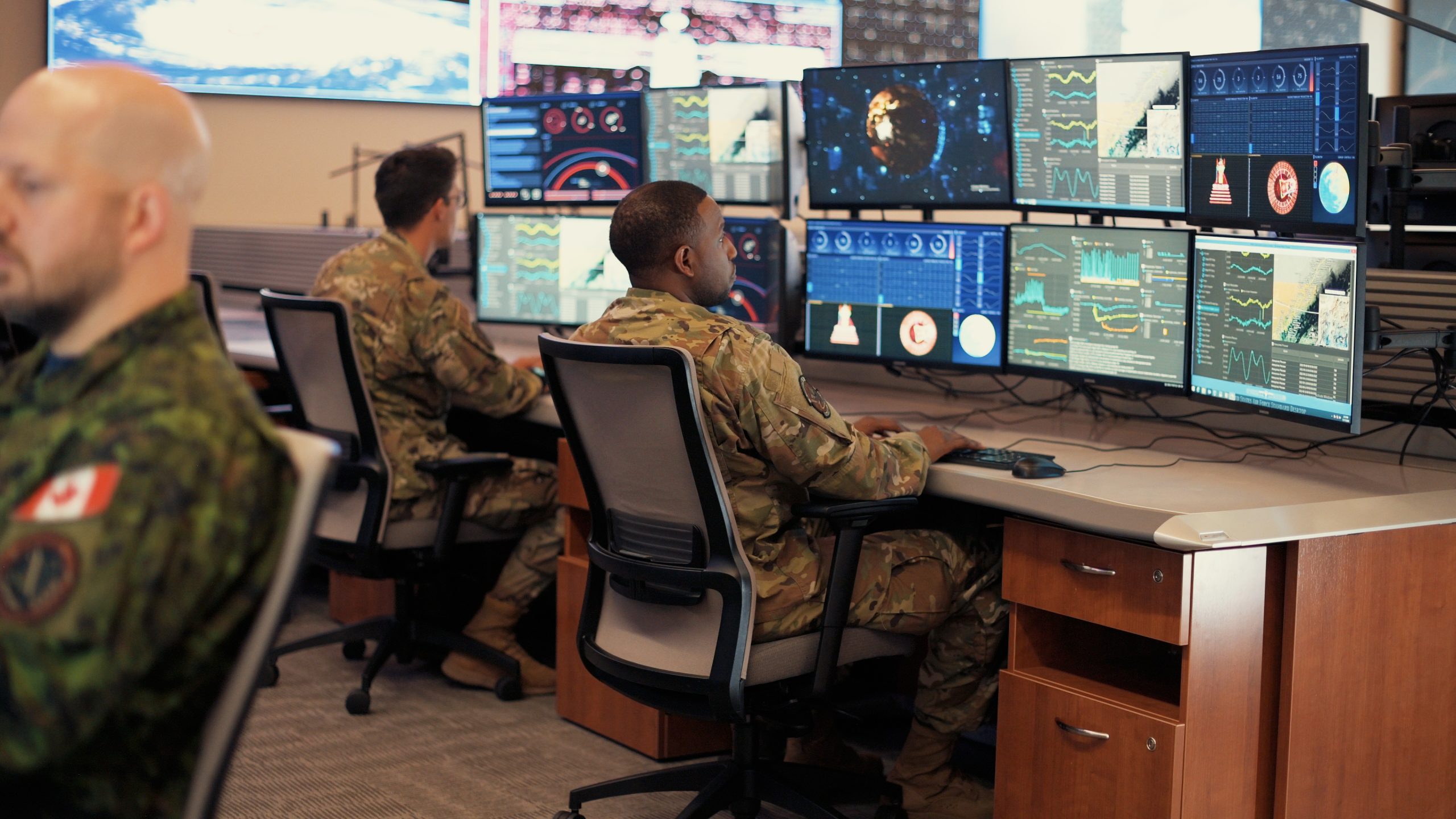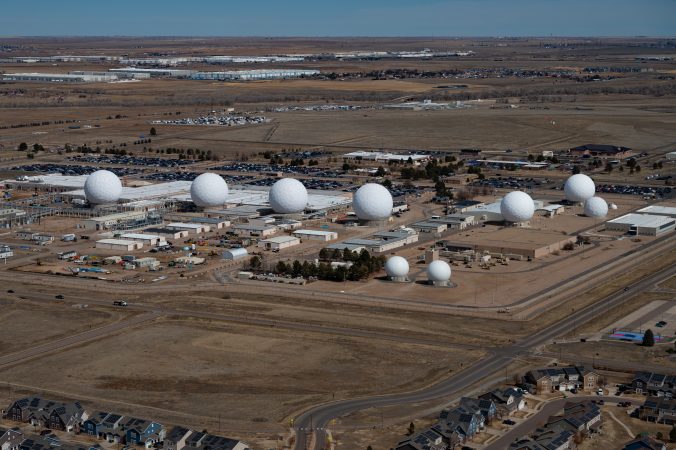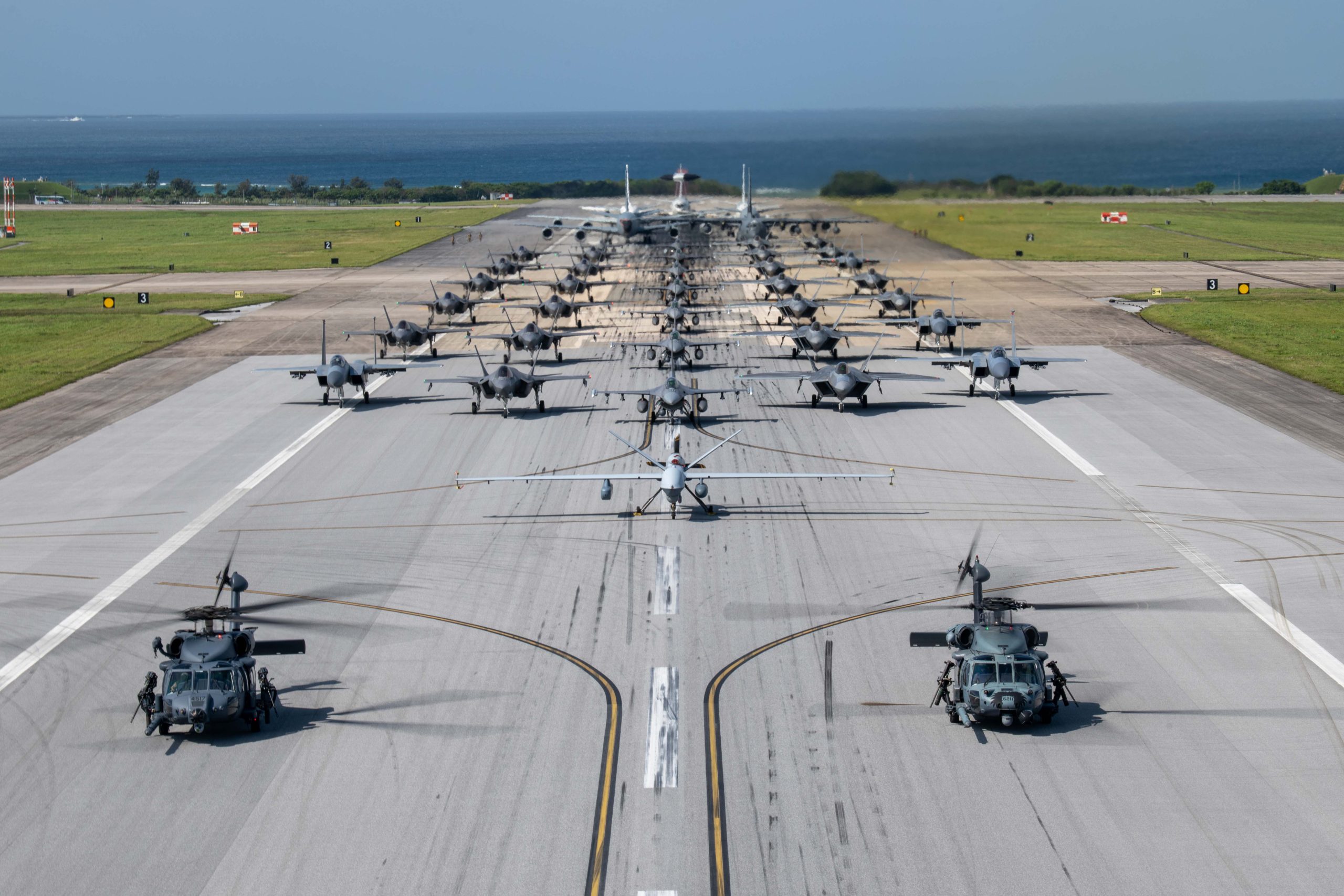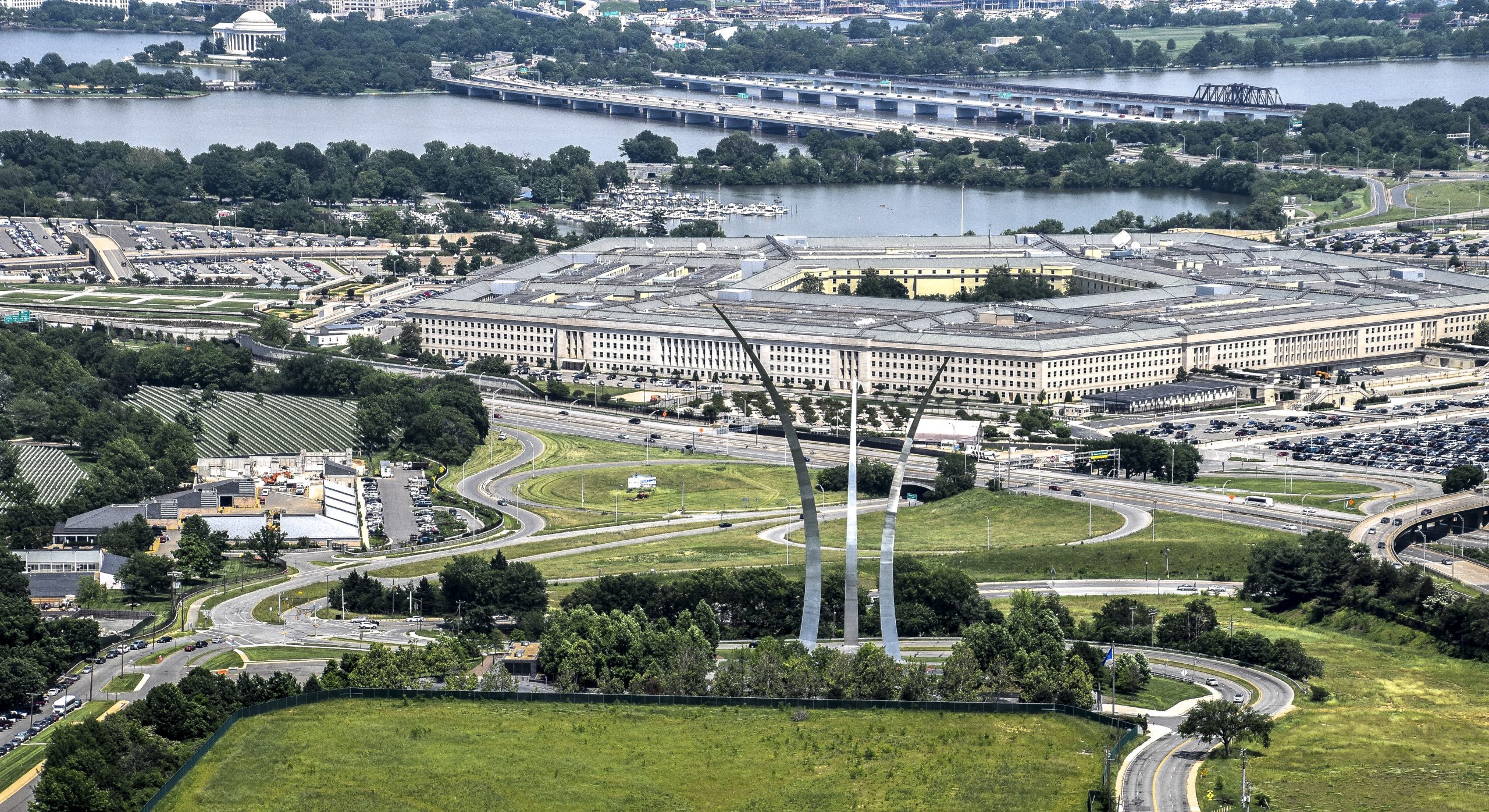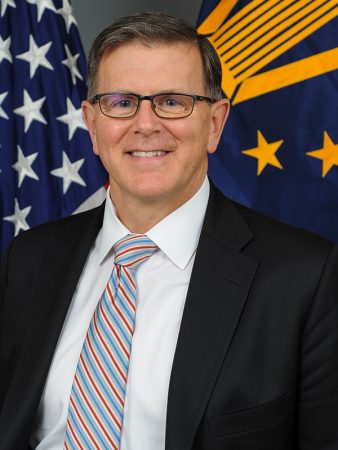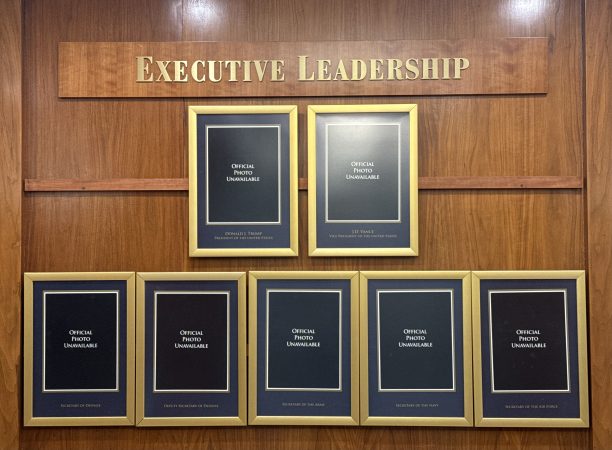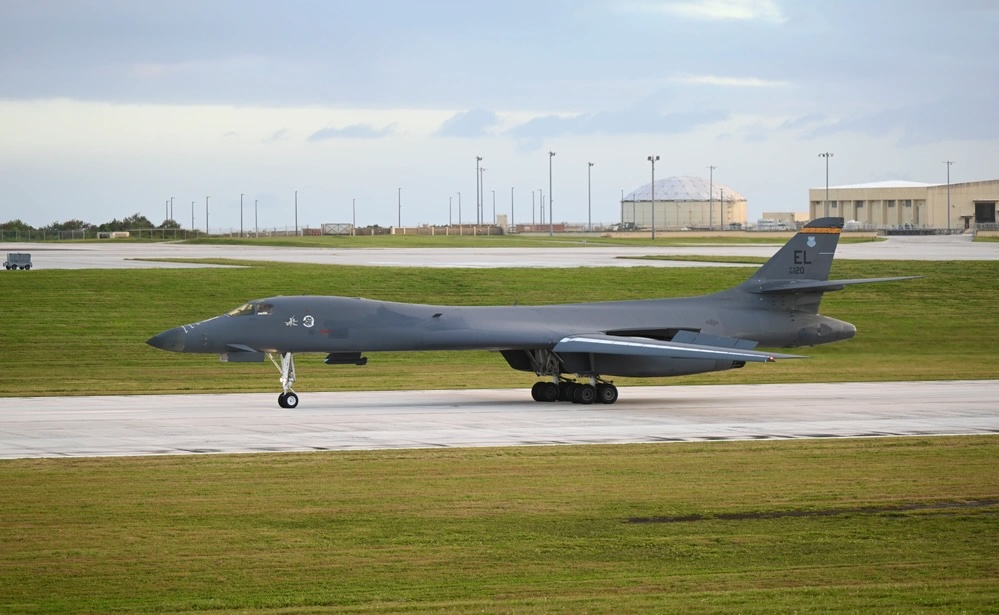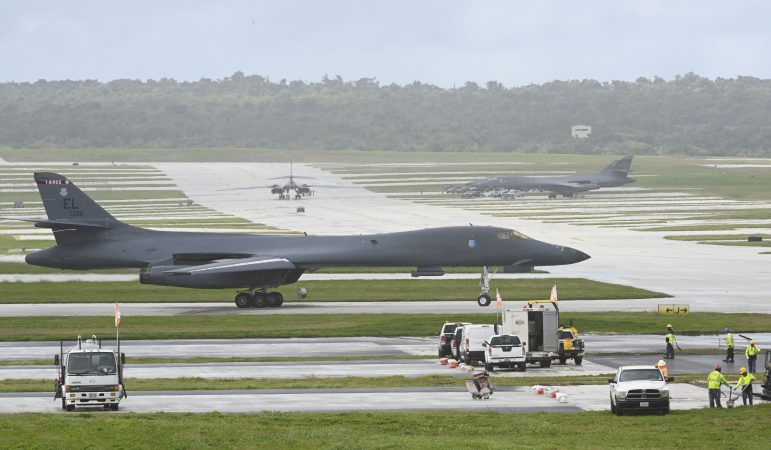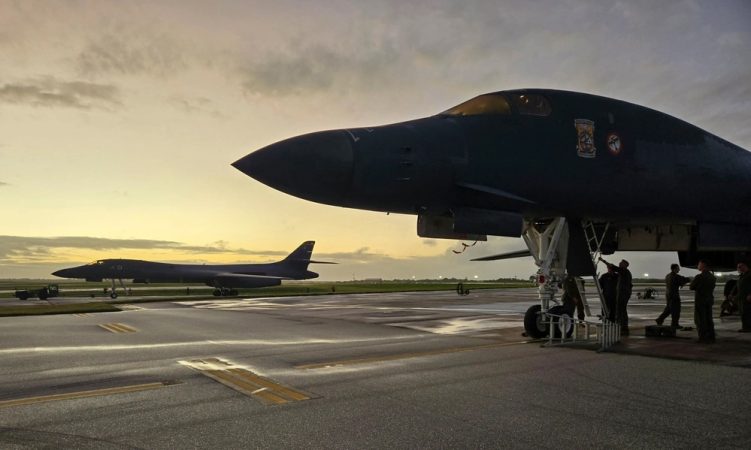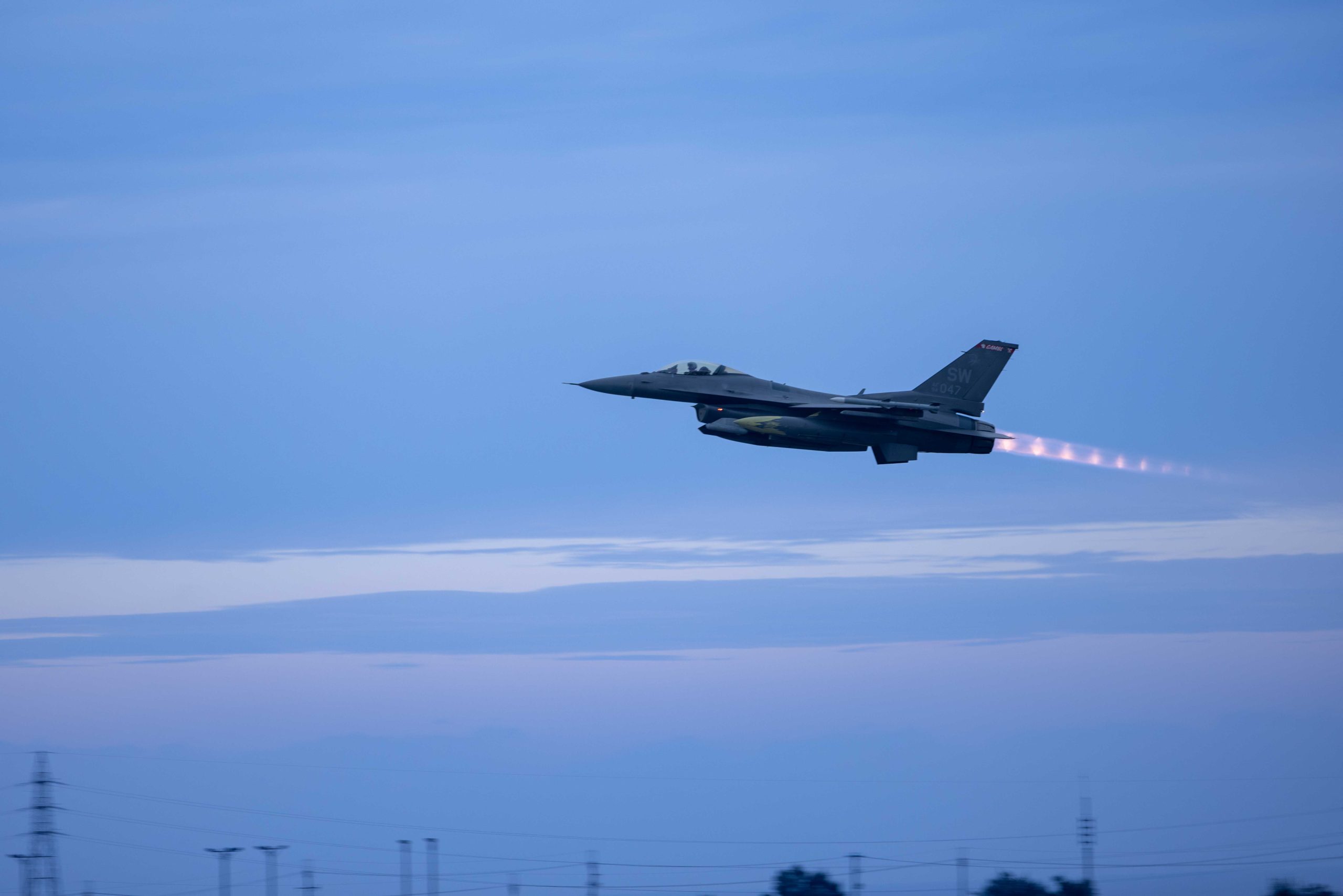This is the second in a two-part series on the Space Force’s response to Iran’s twin attempts to attack Israel in 2024. Part 1 is available here.
Space Force leaders took stock after Iran’s failed attack on Israel in April 2024. USSF Guardians had ben the America’s first line of defense when Iran launched some 300 missiles and drones at Israel earlier that month. Their warnings tipped off the attack and helped ensure minimal damage and no fatalities.
Yet there was still room for improvement.
“Every second counts when you’re trying to avoid getting hit by missiles,” said Col. Ernest “Bobby” Schmitt, commander of Mission Delta 4. So Guardians set to work, using takeaways to build new and enhanced training scenarios, upgrading software for more rapid effectiveness.
So when Iran attacked again on Oct. 1, sending a new barrage of 200 ballistic missiles—the largest ballistic missile attack in history—Guardians were more than ready.
“First time, we did well; second time, we did even better,” said one major, the division chief for current operations at Space Delta 5. “We had a far better data fidelity rate. We had a lot better warning times. We just—we worked better.”
Air & Space Forces Magazine spoke exclusively with the major and other Guardians who took part in the response, gaining insight into the little-understood role the Space Force’s missile warning and alert role. Some Guardians’ names and details are withheld here for security and classification reasons.
“There are always things to improve,” said a Space Force 1st lieutenant, a crew commander with the 11th Space Warning Squadron. “The whole point is to always become better as a unit, become better as a team. Some things that we did exceptionally well: communication, and everyone understanding the roles and responsibilities. I can’t really point to anything that went poorly. … I mean, we killed it. We killed it.”
A comprehensive look at the April attack and a push to better prepare Guardians for more and more of these large-scale attacks got the Space Force to that point, Schmitt said. “Between April and October, in our internal discussions, as we went through the debrief process and internal things we can improve, I think it became very clear that [large-scale multi-missile attacks] was what we could expect going forward—that kind of volume and timing.”
Guardians needed to adjust to working through such scenarios—and the April attack provided a blueprint, said a sergeant who, as part of the 2nd Space Warning Squadron, was on the ops floor for the first attack.
“What Iran showed in the aggression in April really showed how they operate,” he said. “So we were able to take that data and build new training based around [those insights].”
The unit’s mission planning cell defined tactics, techniques, and procedures to handle the mass of missiles and “to do it more efficiently.”
Unit Rotations
The Space Force transitioned to its new force generation model around that same time. The goal of the model, dubbed SPAFORGEN, is to create predictable cycles for Guardians that ensure dedicated time for day-to-day ops and dedicated time for training—specifically for facing the kinds of complex scenarios that occurred Oct. 1.
“The squadrons use the training tools they have to go build simulations … and to be able to put the crews through it,” Schmitt said. “The crews go in, they mission plan, they get the intelligence that is part of the scenario. They run through these types of scenarios. … SPAFORGEN has given us an opportunity that we never had before.”
The 11th Space Warning Squadron was also able to pick up tips from the 2nd Space Warning Squadron, Guardians said, which introduced new tactics and techniques that operators put to use on the floor in October.
“That feeling of preparedness is a result of hard work and training day in and day out,” the first lieutenant said. “So when I looked around on Oct. 1 and I looked at my team as their crew commander—the leader of the team—I knew that we were ready. A lot of waiting, a little bit anxious. But it was good. It was good. It’s not like we were nervous because something bad was going to happen.”
At the Combined Space Operations Center, where Guardians receive data from missile warning and feed it to troops in danger, Delta 5 was likewise ready, said the major.
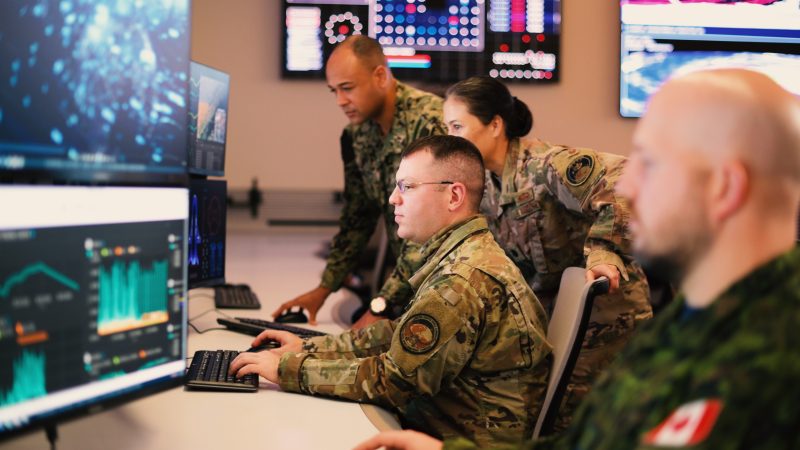
“We had done so much preparation and so many practices and so many exercises that by the time the event happened—I wouldn’t say, we were over-prepared, but it was almost rote for us,” he said. “It was just everything working exactly as it should.”
During training, both the missile warning and command and control elements identified areas for improvement. Schmitt declined to elaborate, but he and senior enlisted leader Chief Master Sgt. Kyle Mullen noted that the team found ways to “surge” coverage without requiring additional personnel.
“The whole name of the game for us is readiness,” said Mullen. “We have a laser focus on how ready should we be, need to be, and exercise that on a routine basis. So … if it’s a slow day, they are still practicing, refining, debriefing, talking about upcoming things, what could be happening. Intel-threat-informed, warfighting-type decisions need to be made in case that day comes again.”
At the CSpOC, aster communication was the key: “Basically cutting out anything that wasn’t necessary for that sort of situation,” the major said. “Anyone who’s worked these kinds of operations knows it’s usually very script-driven. You’re trying to follow the procedure, make sure you don’t miss anything. But when a barrage happens, you don’t have time to process the script as it is. We came up with some truncated reporting that got just that critical information to exactly the right people.”
Smoothing information flow was also crucial. At the CSpOC, “data is a choke point,” the major said. “We essentially got rid of a couple of those choke points so that we could have far more events recorded, not only by our people, but also by our data systems that are reviewing everything.”
Software updates to enhance data presentation also helped. Software updates can take years between refreshes, but Delta 4 and others have become “Integrated Mission Deltas,” which combine sustainment and intelligence, shortening those cycles. Delta 4 had not made that switch by October, but Schmitt praised Space Systems Command for “bending over backwards” to get software improvements fielded in the wake of the April events.
When the second barrage came in October, the new training, processes, and software were ready, fueling a quiet confidence on the ops floor for the 11th Space Warning Squadron.
“You could have heard a needle drop on the ops floor,” the first lieutenant said. “Just the focus, a focus like you’ve never seen before.”
Unlike the first attack, the October barrage consisted almost entirely of ballistic missiles, launched from multiple locations. The result, however, was mostly the same—limited damage and no U.S. casualties. And Schmitt noted that the Space Force’s role went beyond just warning people to get out of the way.
“It’s not just about duck and cover. It’s about defenses as well, and the more time they have to respond, the more effective they’re going to be,” he said. The Space Force transmits its data to ops centers around the globe and in theater, and those centers can task forces to take out the threat.
In October, the U.S. Navy fired off a dozen interceptors from ships in the Mediterranean Sea, while Israel and Jordan intercepted others. According to media reports, only one person was killed by the strikes, and most of the missiles were intercepted.
“As soon as it ended, I just remember sitting there and just being proud,” the first lieutenant said. “It’s hard to describe, but I was proud, because you and a team of people that you’ve been working with and training with are putting in countless hours for something like this to happen. You hope it never does, but when it does, it feels like your hard work paid off.”
A few weeks later, Delta 4 was recognized for their efforts by the Air Force Historical Foundation, which selected Delta 4 for the Gen. James H. “Jimmy” Doolittle Award, given to a unit for accomplishing its mission with aplomb while under difficult and hazardous conditions in multiple conflicts.
The Doolittle Award had gone exclusively to Air Force commands until then. Delta 4 is the first Space Force unit ever to win the award.
Part 1, “First Warning: How Guardians Sparked Fight to Defeat Iran’s Missiles,” is available here.
